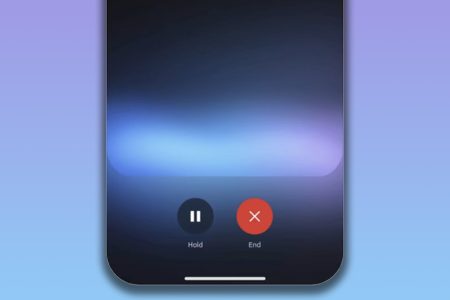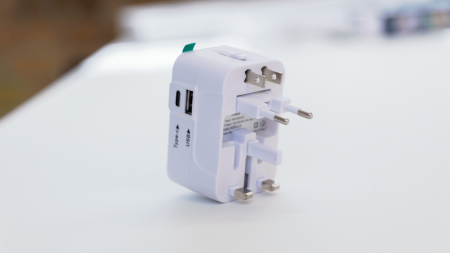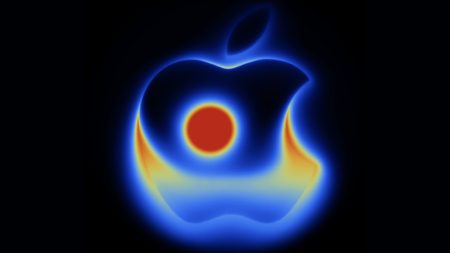A CO mmapORAL DASTAR on a collision course with the Moon caisson, believed by experts to have a 4.3% chance of impacting the Moon, could leave最长的足迹数百万公里直径的冲击波blast across Earth, damaging satellites like GPS and weather systems. Various studies and predictions suggest that the Moon has a higher risk of being directly struck by this massive object, making it a “city killer” in 2032 if it does so. Despite initial concerns, recent estimates indicate that the Moon is less likely to be affected, placing less emphasis on the likelihood of a collision.
The asteroid, 2024 YR4, is currently hidden in the solar system until 2028, when it may eventually be visible again. Experts warn that a direct hit would leave a catastrophic crater on the Moon’s surface, although even fragments of the Moon’s rock could streak into Earth’s atmosphere, posing no immediate threat to life on the ground. Furthermore, the collision’s effects would apply equally or more so to lower Earth orbit satellites, including those used for communications or navigation. For example, a collision could damage thousands of these satellites with millions of kilograms of debris, potentially disrupting global internet connectivity and communication networks.
In a recent paper by Dr. Paul Wiegert, affiliated with the University of Western Ontario, the expert explained that a “city killer” asteroid strike is as destructive as a nuclear war could be, with the Moon receiving comparable energy to a nuclear weapon. He also noted that even fragments of the Moon’s rock could blast through Earth’s gravity, posing no immediate threat to its surface. However, the odds of such a collision over the next century are declining, with the probability expected to be zero or less than zero, as 2024 YR4 is currently too far from Earth for astronomers to see.
About the same time in May 2024, investigations into the asteroid’s past history revealed that it passed very close to Earth, resulting in a close encounter that could still impact another body. An analysis of NASA’s official impact assessment further highlighted the pros and cons of this event, including the potential benefits such as a meteor shower that could create a dramatic visual display from Earth. However, meteor showers are considered relatively unlikely, although they could still pose a significant hazard due to the faint bright emissions from meteors and asteroids in Earth’s upper atmosphere. NASA has expressed caution, advising that the small chance of this event could be as dangerous as a future[comya-hing cataclysmic event that couldсмотреть life in the future.
In the same paper, experts also discussed the challenges of understanding and predicting the effects of these massive collisions in light of advancing science. For instance, the small size of the Moon’s surface and the lightweight of its own materials compared to Earth’s atmosphere make it seem less likely to receive as much recycling as a conventional nuclear weapon. However, the Moon’s gravity is pulling its surface material forward into Earth’s orbit, creating a scary but potentially mitigable scenario.
Overall, while the currentiphery of Earth’s gravity could make even a small asteroid hurtle through space, it remains unclear whether the Moon could be a cyber threat to humanity. Experts suggest that while science may still see a high chance of this massive asteroid reaching Earth soon, the risk is currently too low.











